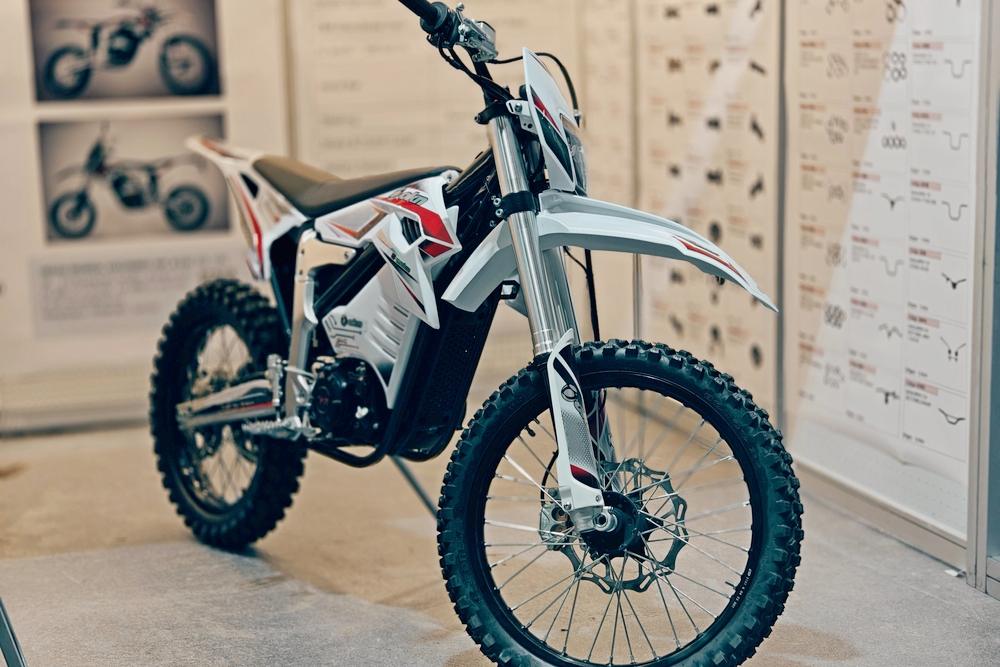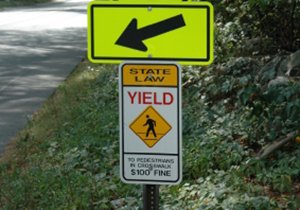
E-Motorcycles Off Limits on San Diego Streets
The San Diego Police Department is reminding the public that electric motorcycles are not approved for street use within city limits. With more residents turning to electric transportation, confusion between e-bikes and e-motorcycles has grown. Unlike e-bikes, which are designed for moderate speeds and allowed on public roads, electric motorcycles are built for much higher performance and are classified for off-road riding only.
The Legal Implications of Helmet Use
You might assume that the person who hit you bears full responsibility, but that’s not always how it plays out in court or during insurance negotiations. If your injuries could have been reduced by helmet use, an insurer may argue that you contributed to your harm. This argument, known as “comparative fault,” can lead to a reduced settlement or award. For instance, if you’re found to be 20% responsible due to not wearing a helmet, your compensation could be lowered by that percentage. That doesn’t mean you can’t recover damages—it means your behavior becomes part of the legal conversation. By wearing a helmet, you give yourself stronger footing to pursue full compensation, free from arguments that your own choices made your injuries worse.
Police Step Up Enforcement
To address the growing issue, SDPD is cracking down on riders using these vehicles illegally. Popular brands like Sur-Ron and Talaria are being cited and even towed when spotted on city streets. By increasing enforcement and posting reminders online, police hope to reduce accidents and keep both riders and drivers safe from unnecessary risks.
Key Differences Between E-Bikes and E-Motorcycles
Ray Belden, owner of La Jolla E-Bike and Skate, explained that the main difference lies in speed and classification. E-bikes are limited in how fast they can travel and are legal for road use. Electric motorcycles, on the other hand, can reach highway speeds, making them unsuitable for public streets. “Most of these e-motorcycles qualify only for off-road use,” Belden emphasized.
Serious Consequences for Violations
The SDPD has made it clear that the consequences for riding illegally are steep. Riders may be cited for operating an unregistered vehicle, driving without proper licensing or insurance, or misusing public roads, sidewalks, and bike lanes. In addition, violators risk having their e-motorcycles impounded. Parents and employers who allow unlicensed minors to ride them on public roads may also face citations.
Where Electric Motorcycles Can Be Used
Although these vehicles cannot be converted into street-legal rides, they can still be enjoyed safely in the right setting. Riders can register their e-motorcycles with the DMV and obtain a green sticker for use in designated OHV (off-highway vehicle) areas. This ensures the excitement of riding while staying within the law and protecting community safety.
As e-bikes continue to grow in popularity, it’s more important than ever to know the difference between them and e-motorcycles. By respecting San Diego’s regulations and using e-motorcycles only in approved areas, riders can avoid fines, protect their vehicles, and contribute to a safer community for everyone.
Guiding You Through Electric Motorcycle Laws in San Diego
Electric motorcycles like Sur-Ron and Talaria are not street legal in San Diego and may only be used in approved off-road areas with proper DMV registration. Operating them on public roads can result in fines, impoundment, and charges for driving without a license or insurance. At Bonnici Law Group, we help riders understand their legal rights and provide guidance when issues arise. Our team is dedicated to protecting you and offering solutions tailored to your situation. Call us today at (619) 870-0181 for trusted legal support.
 Fred has thousands of miles of cycling under his belt.
Fred has thousands of miles of cycling under his belt.







 1620 5th Avenue
1620 5th Avenue 1620 5th Avenue,
1620 5th Avenue,